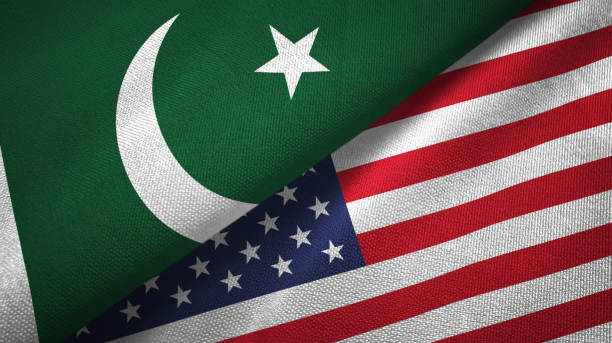When planning international travel, you often hear about passports and visas. While both are crucial travel documents, they serve different purposes. Understanding the difference between a passport and a visa is essential for hassle-free travel. In this guide, we will explain their meanings, types, requirements, and key differences.
Table of Contents
ToggleWhat is a Passport?
A passport is an official government-issued document that certifies your identity and nationality. It allows you to travel internationally and return to your home country.
Key Features of a Passport:
- Contains personal details such as name, date of birth, nationality, and photograph.
- Includes a unique passport number.
- Issued by the government of your home country.
- Typically valid for 5 to 10 years, depending on the issuing country.
- Required for traveling to most international destinations.
- Can be renewed upon expiration.
Types of Passports:
- Regular Passport – Issued to ordinary citizens for travel.
- Diplomatic Passport – Granted to diplomats and government officials.
- Official Passport – Provided to government employees on official duty.
- Emergency Passport – Temporary travel document for lost or stolen passports.
Passport Requirements:
- Citizenship proof (birth certificate, national ID, etc.)
- Passport-sized photographs
- Application form submission
- Biometric verification
- Payment of processing fees
What is a Visa?
A visa is an official endorsement or stamp in your passport that grants permission to enter, stay, or leave a foreign country for a specific period and purpose.
Key Features of a Visa:
- Specifies the type of travel allowed (tourism, work, study, etc.).
- Has an expiration date and a validity period.
- May require approval from the host country’s immigration authorities.
- Some countries offer visa-free travel based on bilateral agreements.
Types of Visas:
- Tourist Visa – For vacation and leisure trips.
- Work Visa – For employment in a foreign country.
- Student Visa – For academic studies in a foreign country.
- Business Visa – For attending business meetings or conferences.
- Transit Visa – For short stays while passing through a country.
- Immigrant Visa – For individuals planning to relocate permanently.
Visa Requirements:
- Valid passport
- Visa application form
- Passport-sized photographs
- Proof of financial stability (bank statements)
- Travel itinerary and invitation letters (if applicable)
- Visa fees
- Embassy interview (if required)
Key Differences Between Passport and Visa
| Feature | Passport | Visa |
|---|---|---|
| Issued By | Home country | Destination country |
| Purpose | Identifies nationality & allows re-entry | Grants entry and stay in a foreign country |
| Validity | Usually 5-10 years | Varies (single/multiple entry, months/years) |
| Requirement | Required for all international travel | Required for entry into specific countries |
| Renewal | Can be renewed by home country | Must be reapplied for based on conditions |
Do You Need Both a Passport and a Visa?
Yes, in most cases, you need both. A passport is always required for international travel, while a visa depends on the destination country’s regulations. Some countries allow visa-free travel, while others require a visa for entry. Check the visa policy of your destination before planning your trip.
For example, a traveler from Pakistan needs a U.S. visa to enter the USA, while U.S. citizens can travel to many countries without a visa or obtain one on arrival.
How to Apply for a Passport and Visa
Applying for a Passport:
- Fill out the passport application form.
- Provide proof of identity and nationality (birth certificate, national ID, etc.).
- Submit passport-sized photographs.
- Pay the required application fee.
- Attend an appointment for biometric verification.
- Receive your passport after approval.
In Pakistan, passports are issued by the Directorate General of Immigration & Passports, and applications can be submitted at designated passport offices.
Applying for a Visa:
- Choose the appropriate visa type (tourist, work, study, etc.).
- Complete the visa application form.
- Provide a valid passport with sufficient validity.
- Submit required documents (bank statements, invitation letters, travel itinerary, etc.).
- Pay the visa processing fee.
- Attend an interview at the embassy (if required).
- Wait for visa approval.
For example, individuals applying for a USA visa must schedule an appointment at the U.S. Embassy or Consulate in their home country, such as the U.S. Embassy in Islamabad, Pakistan.
Frequently Asked Questions (FAQs)
A passport is a document issued by your home country proving your identity and nationality, while a visa is permission granted by a foreign country allowing you to enter.
It depends on your destination. Some countries allow visa-free entry, while others require a visa before arrival. For instance, U.S. passport holders can travel to the Schengen Zone without a visa for up to 90 days.
A passport can take a few weeks to a couple of months to process.
A visa processing time varies based on the type of visa and the destination country. A U.S. visa application, for example, may require several weeks for approval.
Overstaying a visa can lead to penalties, fines, or even deportation. Always check your visa validity before traveling.
Conclusion
A passport is your primary travel document that proves your identity and nationality, while a visa is an official authorization allowing you to enter another country. Understanding these differences ensures a smooth international travel experience. Always check the latest travel and visa requirements before planning a trip to avoid any last-minute complications.
If you found this guide helpful, share it with others planning their travels!

